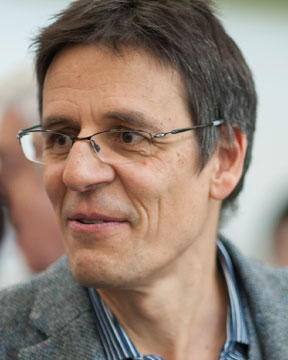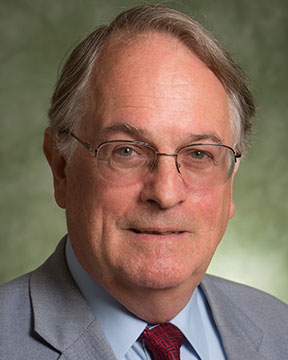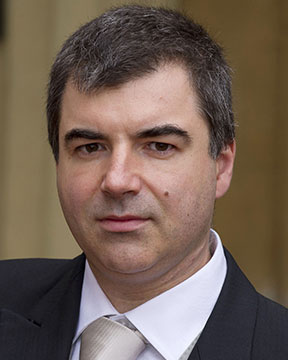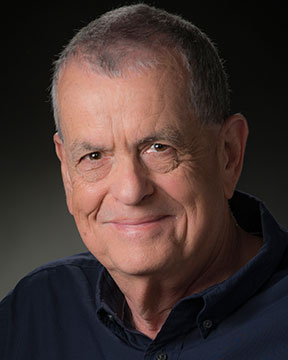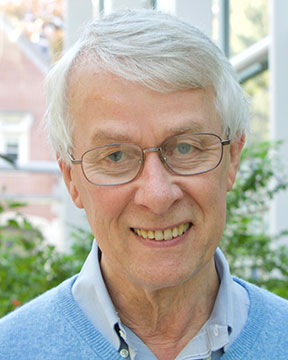Abstract:
While large-size switching processes triggered by light are abundant in the chemical literature, such processes ignited by redox activation are rather scarce, in particular concerning the recent developments of molecular machines. Very recently, though, various advancements in the field of molecular machines have been reported by Stoddart, Nobel laureate of chemistry 2016 [1].
Here we will report about the bright prospects of redox-triggered self-sorting [2] that has been exploited in our group for nanomechanical switching, toggling ON/OFF catalysis, cargo transport and molecular communication. From a design point of view, the switching requires highly dynamic self-sorting protocols involving often 6-12 distinct components and a rich tool box of orthogonal binding motifs. Due to the fact that one-electron oxidation/reduction is orthogonal to many chemical trigger events, we have amply utilized redox activation within molecular networks and elaborated on the arena of molecular cybernetics.
The high-speed network [3] of two communicating switches can be set up to bind (catalysis OFF) and release a catalyst (catalysis ON) via redox inputs and translocation of copper(I) ions as a second messenger. In the ON state, the released catalyst promotes an organocatalytic reaction. Both the field of switchable catalysis and the present work represent distinct advancements on the road to fully regulated, networked catalytic machinery [4].
|



